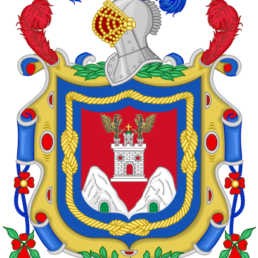By measuring its water and carbon footprints, Quito is developing tailor-made, cost-effective policies and projects that help the city develop sustainably while reducing its climate impact.
In Quito, Ecuador, the use of a carbon and water footprint assessment tool led the city to develop a targeted Action Plan of initiatives to lower its CO2 emissions and water use. The plan is divided into two “portfolios.” The carbon portfolio includes actions that reduce Quito’s CO2 emissions by 20% by 2032. As one of the many initiatives planned to achieve this goal, Quito will complete a landfill biogas project that will reduce CO2 emissions by almost 5.5 million tons each year. Other initiatives include the creation of solar power plants, which will avoid the generation of 1.42 million tons of CO2 emissions annually.
4 million tons of CO2 reduced by 2032 as part of the footprint assessment project
Cities100 – 2015
Similarly, in order to avoid the use of 1.5 billion cubic meters of water by 2032 – cutting the city’s water footprint by 68% – Quito is instituting policies that promote the use of water efficient appliances, ecological toilets, vacuum systems, and water reuse. Through these carbon and water footprint tools, the city is demonstrating how to translate energy assessments and observations into customized and measureable targets and policies.

The challenge
Rising temperatures, decreased rainfall, and more frequent extreme weather events are forcing Quito to more efficiently manage its energy and water use. The carbon and water footprint measurement tool helps city officials sculpt policies and projects that will lower Quito’s energy use. Quito plans to expand these mechanisms to the private sector in the coming years to make an even greater impact on the city’s carbon and water footprints.
Co-benefits
Economic The planned landfill biogas plant and the promotion of hybrid and electric vehicles represent the greatest cost-benefit payoff of projects seeking to lower Quito’s carbon footprint.
Environmental The city aims to outfit all 223,000 public light fixtures with energy-efficient LED lights by 2020.
Social Improving communication and engagement between municipal departments and the public is the most cost-effective method of achieving many of the city’s carbon and water targets.
About Quito
Quito is the capital city of Ecuador, and at an elevation of 2,850 metres (9,350 ft) above sea level, it is the second highest official capital city in the world after La Paz, Bolivia. With a population of 2,671,191 according to the last census (2014), Quito is the second most populous city in Ecuador, after Guayaquil. In 2008, the city was designated as the headquarters of the Union of South American Nations. The historic center of Quito has one of the largest, least-altered and best-preserved historic centers in the Americas.


